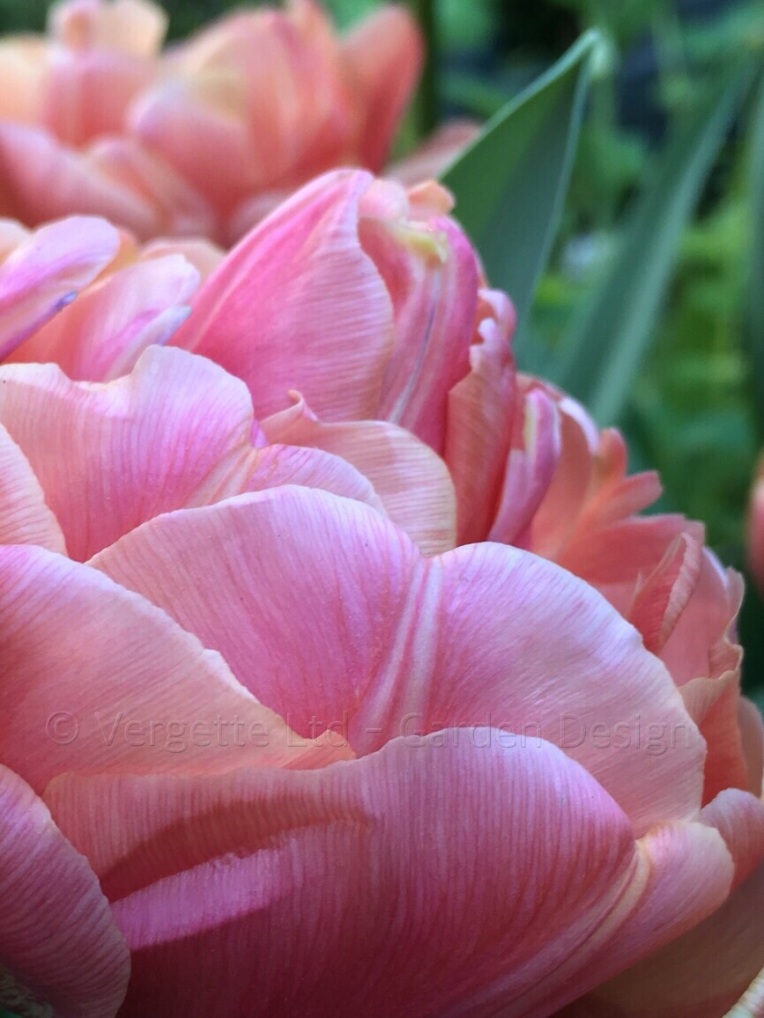I remember way back when, which is something of a miracle considering the amount of trivia now stored up top, how I used to look forward to letters from a pen pal. That’s something that dates me, life before email, text, snapchat and Instagram where if you got caught on the landline by your parents it was always ‘its ok they called me’. Correspondence with my school friend wasn’t a weekly or monthly thing, just when something of great importance happened. On Friday I was reminded of these letters when I found a hand written envelope with a proper stamp nestled between a brown HMRC envelope and one from British Gas.

Given that day’s post I saved it for later

The Seed Club for Ethnobotanical Explorers is the brainchild of Ethnobotanist extrodinaire Emma Cooper. At this point it is possible that you may be asking ‘What is an Ethnobotanist?’ Very, very simply Ethnobotany is the study of how cultures across the world have accumulated knowledge about the use of both wild and cultivated or domesticated plants. So anything from Aztecs and potatoes to Native Americans and their Three Sister growing techniques, it’s not just about food though but plant medicines, shelter, clothing and tools. Fascinating stuff just ask Emma, no really, please do as my explanation is very limited.

Happily for anybody reading this I’m on much firmer ground on my understanding of The Secret Seed Club. It is essentially the same as a magazine subscription except this is a subscription to Emma’s Patreon blog. For a monthly subscription of $10 (which is roughly £7) you get access to Emma’s planty blog posts, her book posts and the surprise seeds once a month (if you’re in the UK). The seeds arrive alongside a potted plant history and growing guide wth useful information, in this case the contrary nature of Agretti germination.
If you want to find out more about Ethnobotany and Secret seeds you can find Emma on her blog The Unconventional Gardener


















